
From our new podcast network, The Genius Recipe Tapes is lifelong Genius hunter Kristen Miglore’s 10-year-strong column in audio form, featuring all the uncut gems from the weekly column and video series. Subscribe on Apple Podcasts, Spotify, or wherever you get your podcasts so you don’t miss out.
Listen & SubscribePopular on Food52
212 Comments
Cheryl
March 24, 2019
I started this bread this morning and still found it very wet, sticky and difficult to knead by hand, ... so I sent a note to Dan Leader:
Hi Dan,
I found the recipe for your 4 Hour Baguette at Food 52 (https://food52.com/blog/10044-dan-leader-s-4-hour-baguette). I've made it several times and actually have one in its first rising now. While it is absolutely delicious it frustrates me to no end. I realize the dough should be tacky on the sticky side, but it is wet and sticky, almost impossible to knead by hand. Thank God for my 40 year old KitchenAid!
I'm hoping you can/will answer some questions. Do you have the recipe in weight (grams) rather than volume? If so will you share it with me? Should the dough be so difficult to handle when kneading by hand? Is the amount of flour and/or water correct in the recipe they posted?
That wonderful man answered!
Hi Cheryl,
This recipe was adapted from my book Local Breads which has all recipes in metric as well.
Here are the metric weights
500 grams flour type 55 equivalent
325-350 grams water
10 grams salt
2.5 grams instant active yeast.
You can leave the dough for a 1 hour autolyse for more elasticity.
I have a new book out October 1st called Living Bread.
Happy baking,
Dan
Hi Dan,
I found the recipe for your 4 Hour Baguette at Food 52 (https://food52.com/blog/10044-dan-leader-s-4-hour-baguette). I've made it several times and actually have one in its first rising now. While it is absolutely delicious it frustrates me to no end. I realize the dough should be tacky on the sticky side, but it is wet and sticky, almost impossible to knead by hand. Thank God for my 40 year old KitchenAid!
I'm hoping you can/will answer some questions. Do you have the recipe in weight (grams) rather than volume? If so will you share it with me? Should the dough be so difficult to handle when kneading by hand? Is the amount of flour and/or water correct in the recipe they posted?
That wonderful man answered!
Hi Cheryl,
This recipe was adapted from my book Local Breads which has all recipes in metric as well.
Here are the metric weights
500 grams flour type 55 equivalent
325-350 grams water
10 grams salt
2.5 grams instant active yeast.
You can leave the dough for a 1 hour autolyse for more elasticity.
I have a new book out October 1st called Living Bread.
Happy baking,
Dan
Cheryl
March 23, 2019
I've been making a LOT of bread since I last commented on THIS bread in 2015. I now only use recipes that give their ingredients in weight (my preference is by grams) instead of volume and I always, always, always proof my yeast. I also whisk the salt with the flour before adding my always, always, always proofed yeast and the rest of the liquid.
King Arthur's Flour has a handy dandy little chart for ingredient specific conversions: https://www.kingarthurflour.com/learn/ingredient-weight-chart.html which I find invaluable.
I'm going to make this bread again this week, this time using the gram conversions I didn't use the first time, when my bread was absolutely delicious but didn't quite hold it's shape.
King Arthur's Flour has a handy dandy little chart for ingredient specific conversions: https://www.kingarthurflour.com/learn/ingredient-weight-chart.html which I find invaluable.
I'm going to make this bread again this week, this time using the gram conversions I didn't use the first time, when my bread was absolutely delicious but didn't quite hold it's shape.
Mary L.
March 23, 2019
It is tricky to recreate baguettes using American flour, which is milled from Durham wheat. Try King Arthur's French Flour, milled from red wheat, widely grown in France.
Kellie
August 15, 2017
Quek Hwee Ling, a pizza stone insures a crispy crust but you could invert baking sheets and place the baguettes on the inverted bottoms. Does that make sense? Or use a large non-rimmed baking sheet. I do believe the results will be different but most likely, still delicious. Consider investing in a pizza stone......you won't regret it. I hope this helps.
karen
September 5, 2016
Tried this recipe for the first time today and according to my daughters it was "the best bread they've ever had!" My husband also agreed!
Silvia M.
January 19, 2016
Absolutely amazing results! I've lived in Paris and never managed to find a baguette elsewhere that was decently similar to the Parisian ones, but this really got me close. And it was only my first try, so I am confident practice will make it just perfect! THANK YOU!
Becky
December 2, 2015
I am in love with this bread! I just took it out of the oven and have already wolfed down a half a loaf! I followed the recipe exactly except that I added a couple tablespoons of Bob's 7-grain hot cereal to the dough as I kneaded it in my kitchenaid mixer and a little more flour to get a firmer dough. Baked it on my pizza stone--it is crisp on the outside and nice and chewy on the inside. Perfect!
Shanti
November 8, 2015
I wish you would check the links included in this recipe. The proofing oven on Amazon got the worst possible rating for very obvious reasons.
celia Y.
August 4, 2015
THE WHEAT FLOUR IS DIFFERENT IN EUROPE, this is why it taste different. THE USA wheat lacks something. The sourdough needs a old ''mother starter' that i'ts reused again and again also needs to be fermented from 12 hrs up to 20 hrs..
celia Y.
August 4, 2015
In France, Spain, Portugal porssible in Italy, they use a different kind of wheat for their bread. The butter is unsalted. and some bakers use O.oil instead of butter.
Lexi S.
August 4, 2015
NOTE: 3 and 1/4 cups flour does not equal 14 and 2/3 ounces. It equals 26 ounces. I had to look twice when the dough after adding flour to yeast mixture was very runny.
Dave
June 30, 2015
Anyone out there care to comment on my comment that the French bread actually made in France seems to have an interior dough with a somewhat "waxy" sheen/feel to it? That's the only way I can describe it. Again, any chance they mix olive oil or perhaps unsalted butter into the dough?
Sharon
July 1, 2015
Dave, the baguettes in France absolutely taste different than any made here. It's all about age-old starters and location, location, location. Not to mention baking equipment that's been seasoned for centuries. But then, I've never tasted sour dough French bread anywhere like what I grew up on in San Francisco, either. Larraburu Bakery. I'll never forget it. It's about the perfect storm of air, humidity and regional micro-climates. It's handed down and unspoken. Above all, it's the touch of the master's hand.
Google "Larraburu" if you'd like to get some French bread knowledge under your belt and enjoy a good read. One link even posts their original sour dough formula. Priceless. Bon Appetit!
Google "Larraburu" if you'd like to get some French bread knowledge under your belt and enjoy a good read. One link even posts their original sour dough formula. Priceless. Bon Appetit!
Dave
June 2, 2015
I'm gonna try this because while I have all the ingredients and "tools" I have been too timid to go for the "standard" multi-day prep for traditional french bread. I lived in Paris for two years as a student and one year in Belgium -- then, later, three years in Paris with the State Dept. With rare exceptions, I have been disappointed with :"French" bread made in the US. Call me a snob, but there it is. The crust and holes are critical. But there was something else -- dare I write "je ne said quoi" -- a very slightly "waxy" sheen and feel to the dough after baking. I have no idea what that was but it is lacking in US made breads. Could it possibly be that French bakers add a small amount of olive oil to their dough? Look forward to others' thoughts and comments on this.
Dave
June 2, 2015
P.S. I hate auto spelling correction -- that should be "sais" and not "said". Also, the "waxy" feel I describe is in the interior bread and not the crust, jest to be precise.
Brian
June 2, 2015
I spent a semester in Belgium during school and visited many parts of Europe. I'd agree that most bread there is simply better than most bread here. It's the technique and the ingredients. That being said, I make this bread recipe about twice a week since it can be done in 4 hours and is far better than anything I can buy in "regular" grocery stores. Now, we have some French Bakeries here in Omaha that produce some excellent breads, but I can make a really great loaf with this recipe and save $4 a pop. $8 a week translates into a decent amount of beer money over the course of a year. Or, at least that's how I justify it.
In this recipe, I use bread flour and add .5oz of rye or barley flour to the mix (or some of each) to enhance the flavor. It makes quite a difference. I also typically just make one big oblong loaf and cut it down the center before baking on a parchment-covered sheet. Turns out great every time.
In this recipe, I use bread flour and add .5oz of rye or barley flour to the mix (or some of each) to enhance the flavor. It makes quite a difference. I also typically just make one big oblong loaf and cut it down the center before baking on a parchment-covered sheet. Turns out great every time.
May
June 2, 2015
What's slightly incongruous is that we can get really good bread flours up here in Canada: shared continent, terrain and even weather in parts, so how come our flour is better?
Dave
June 2, 2015
Well, gee...it is Canada, right? (Just having fun here -- Mom born in Canada and some good friends there.) I'd still like to see some comments regarding "waxiness" of French Bread in France and how they achieve that.
May
June 2, 2015
Hehe...and it would have helped if I'd been awake enough to finish my sweeping statement, eh! What I meant to add was, the good bakeries way up here in the great white north do manage to churn out a baguette with the crust you describe, very much so....but I don't know how they accomplish that, sorry. So, a total shaggy dog story after all.
celia Y.
March 21, 2015
I always heard that you never mix salt with yeast... salt kills yeast. Is that true?
Keith W.
March 22, 2015
Salt controls the fermentation of the yeast. Too much will kill it. You merely want to inhibit the rise.
Sharon
March 22, 2015
Yes, it's absolutely true. Yeast feeds on sugar. If you introduce salt too early in the process it will definitely kill the yeast. Middle school science class experiment proved this.
Gary
March 21, 2015
Most bread recipes have you adding yeast last as it impedes the action of the yeast. But, I wouldn't think it would stop all action if added first. Perhaps the water was too hot, the yeast old or a combination of all three things. Hard to say.
Keith W.
March 22, 2015
Saf-Instant doesn't require proofing. You can add it in the beginning. I've used it for 30 years.
Mike
March 21, 2015
I messed up somehow, could not get to rise not sure what I did wrong. Water temp to high for active yeast? Adding salt in first step not second step? No rise at all I think the yeast, any ideas.
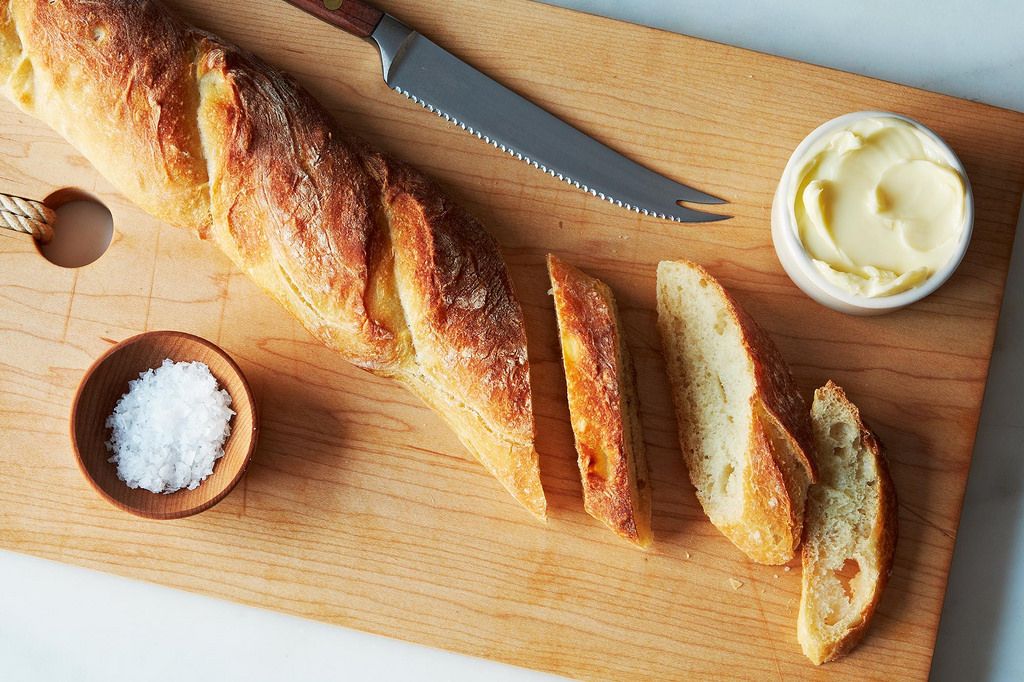
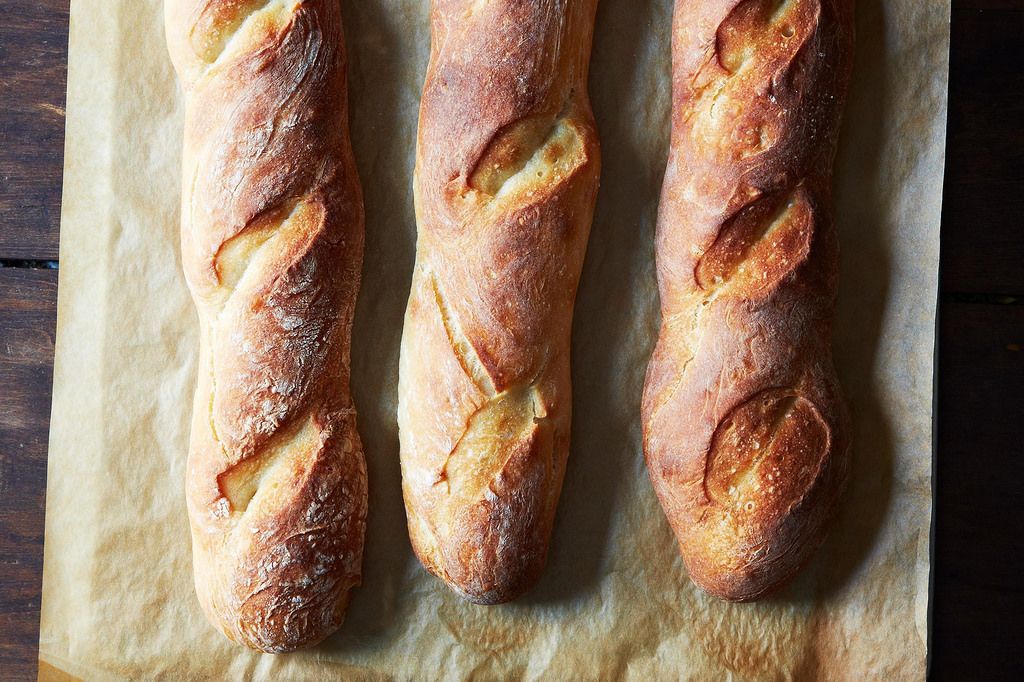
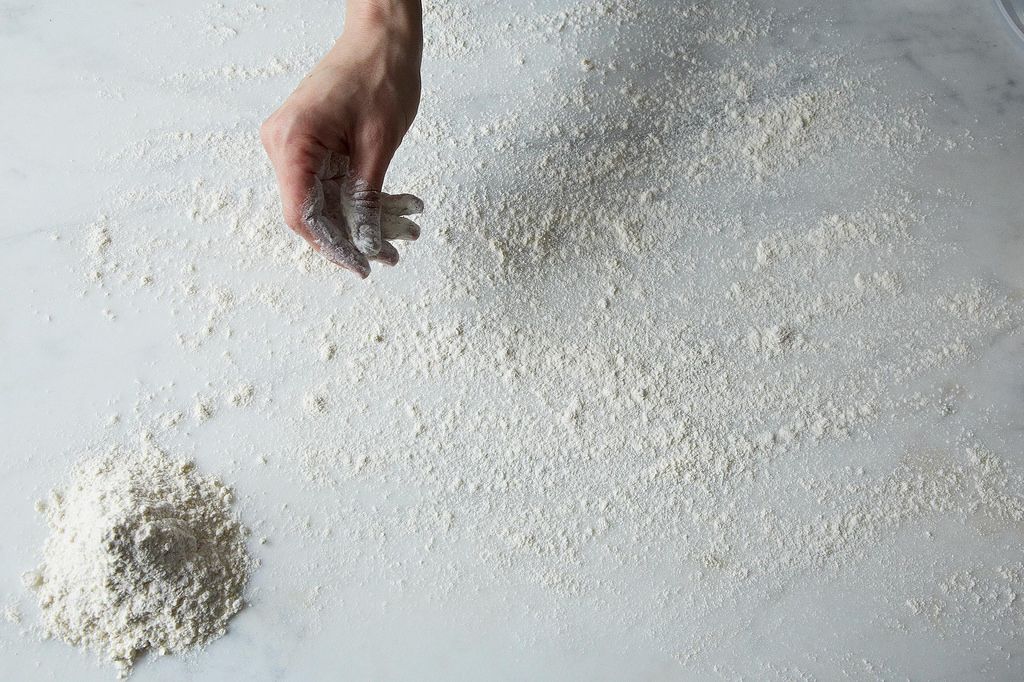
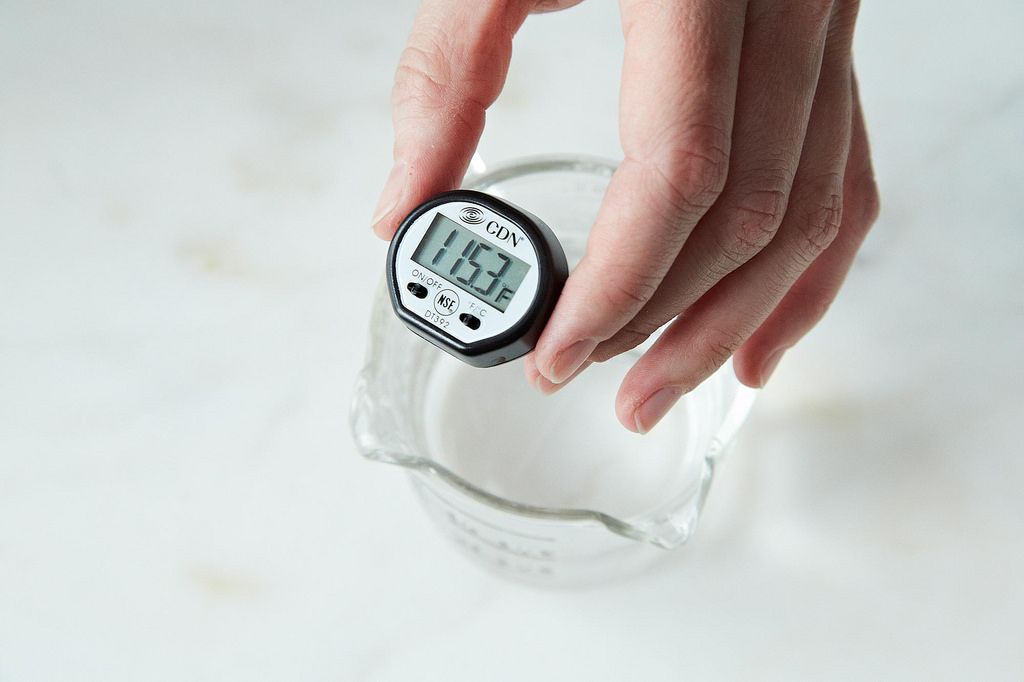

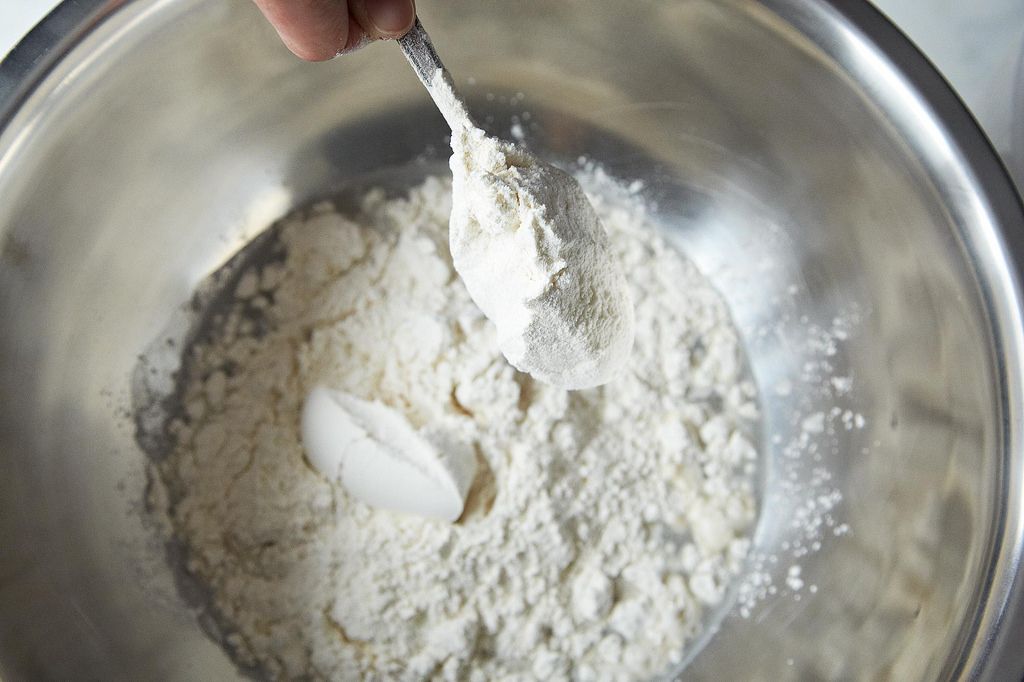
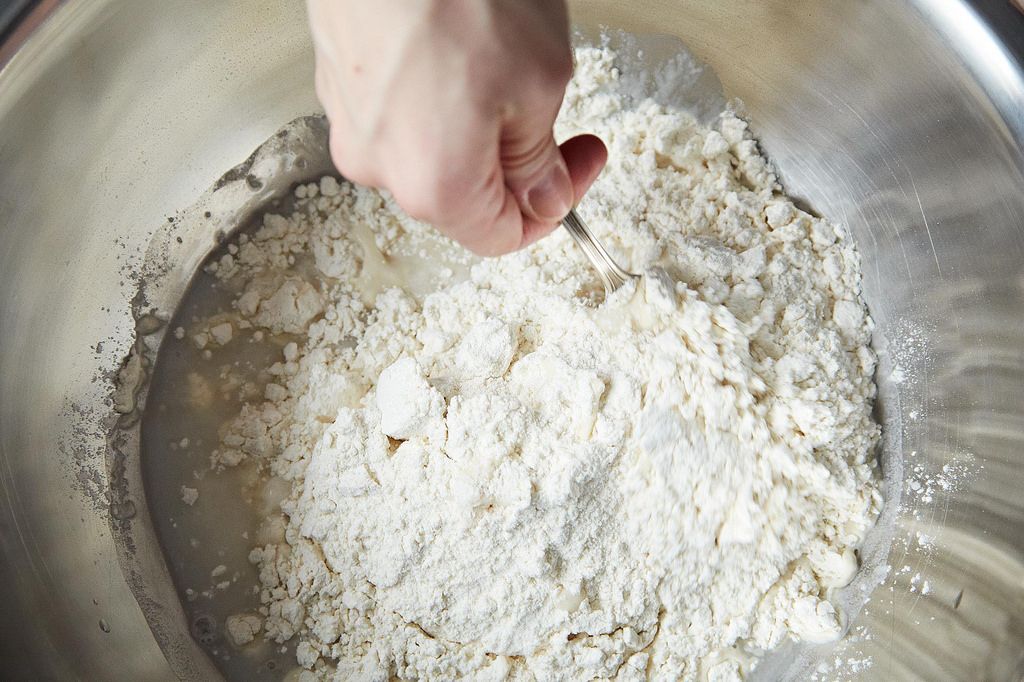
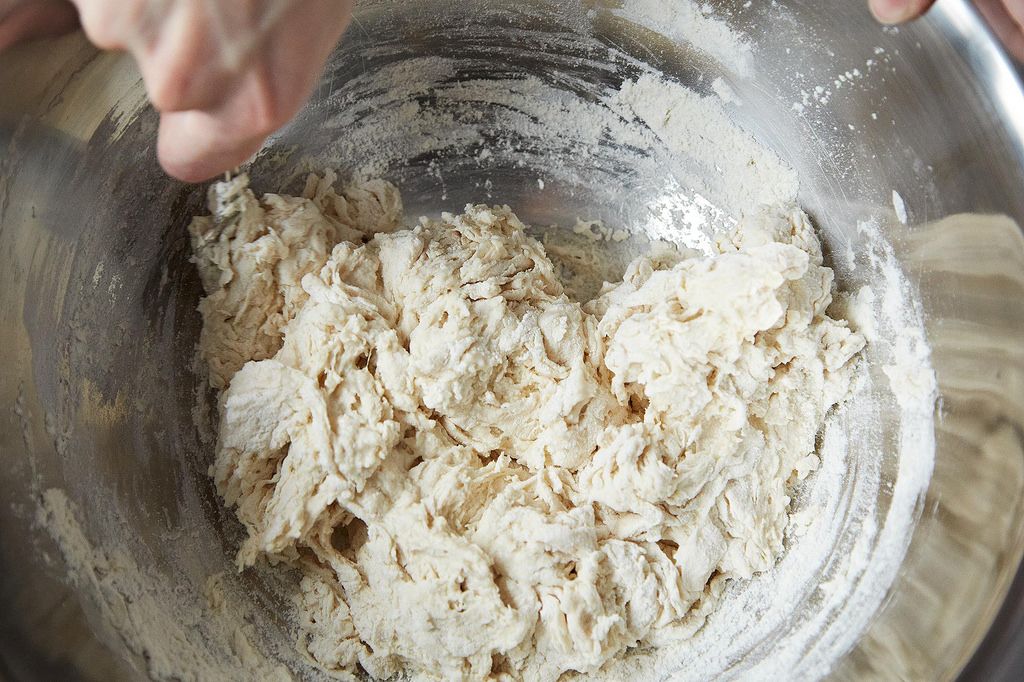
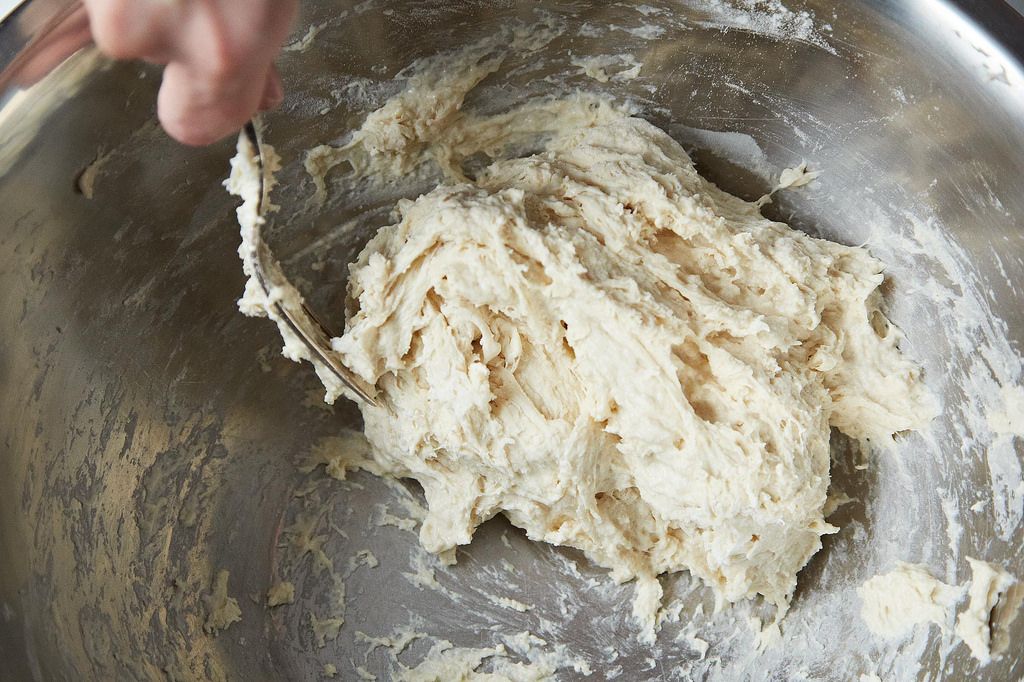
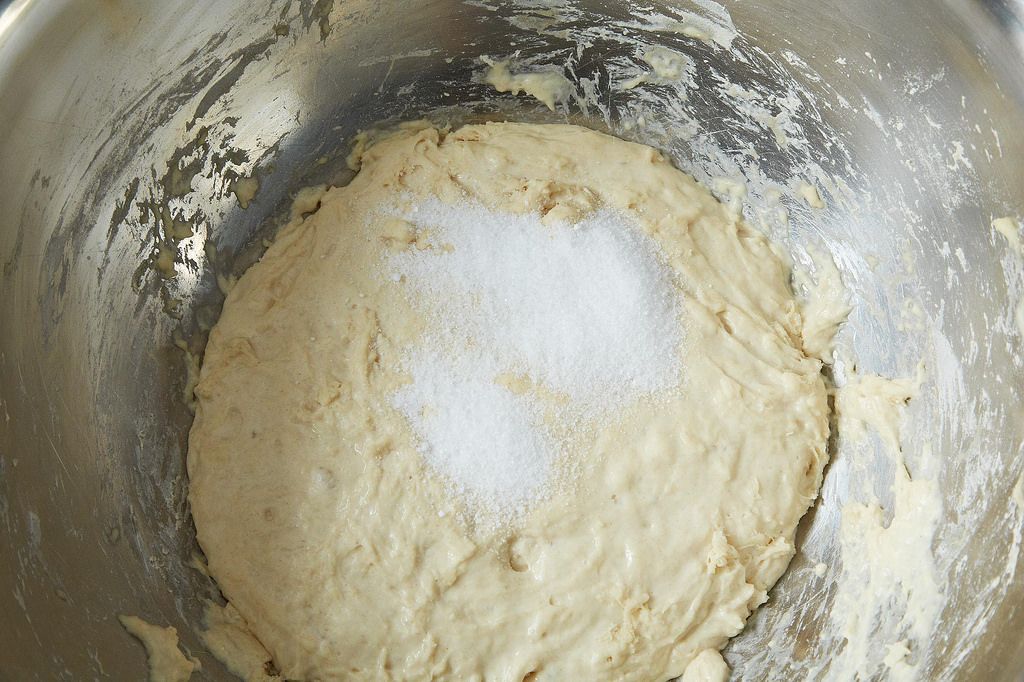
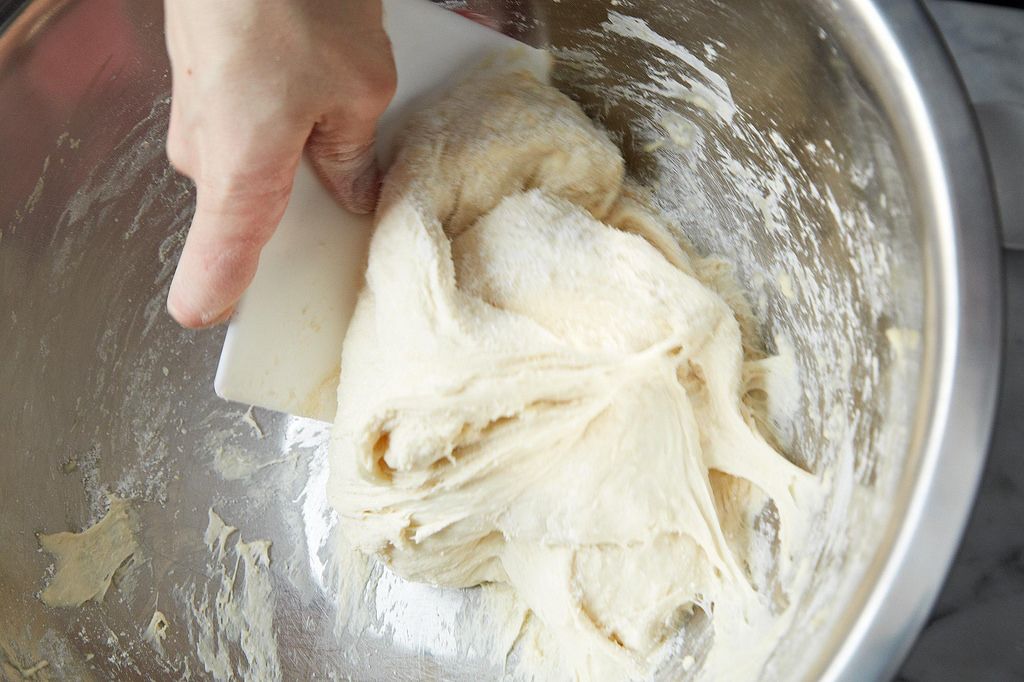
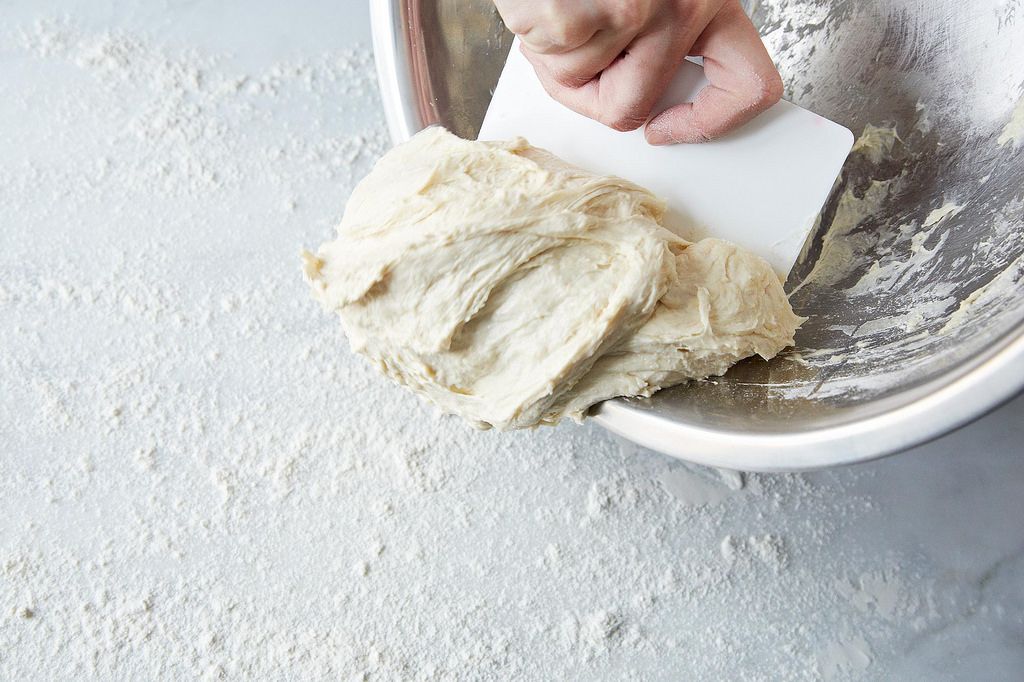
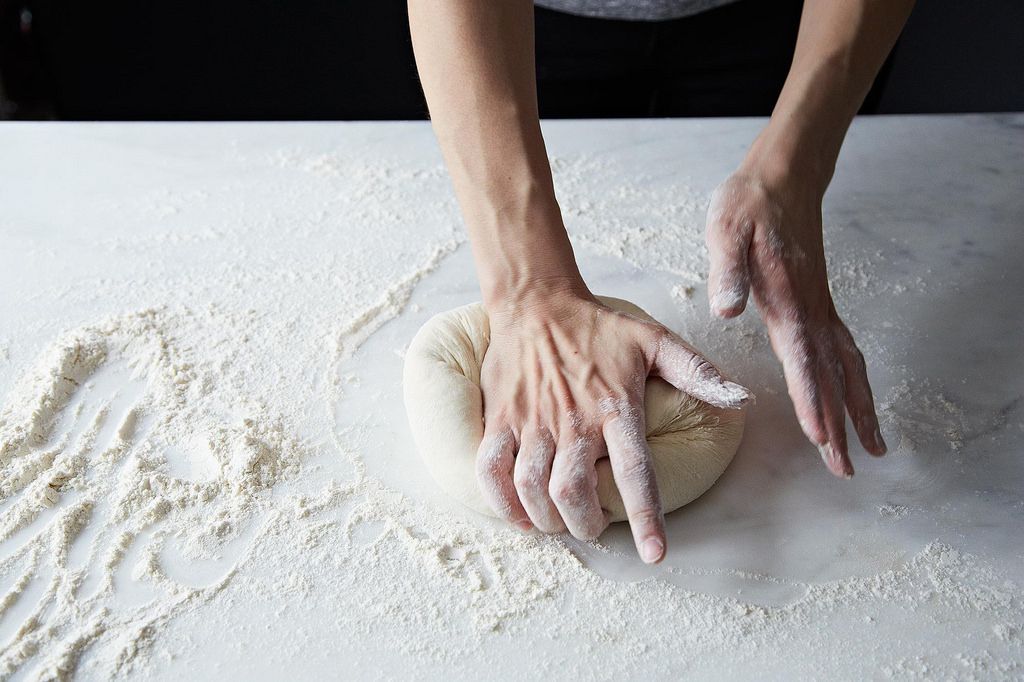
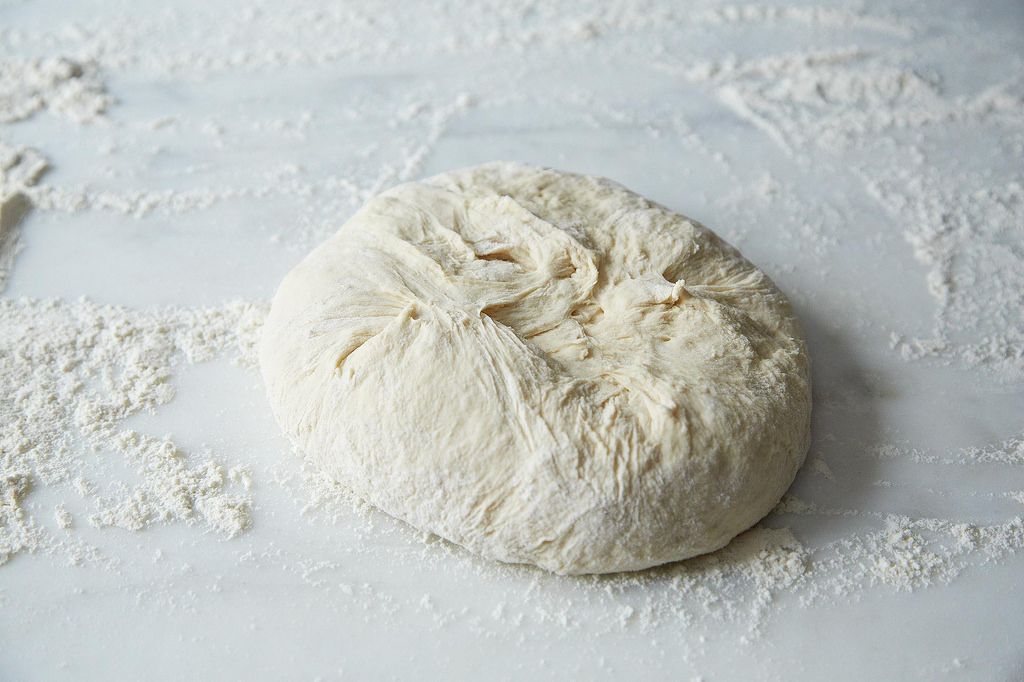

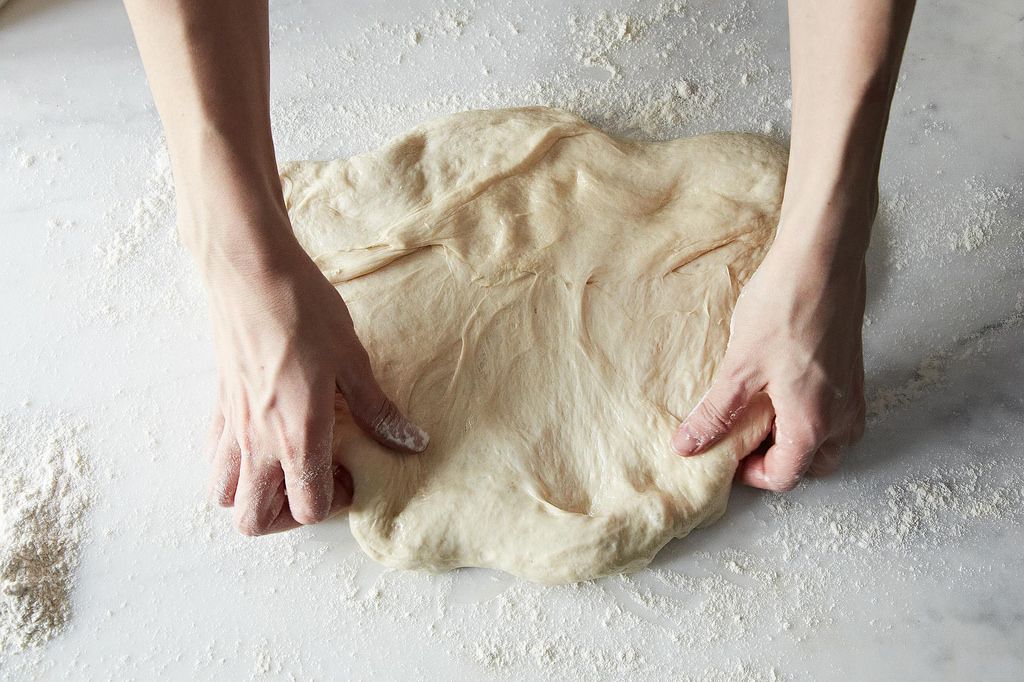
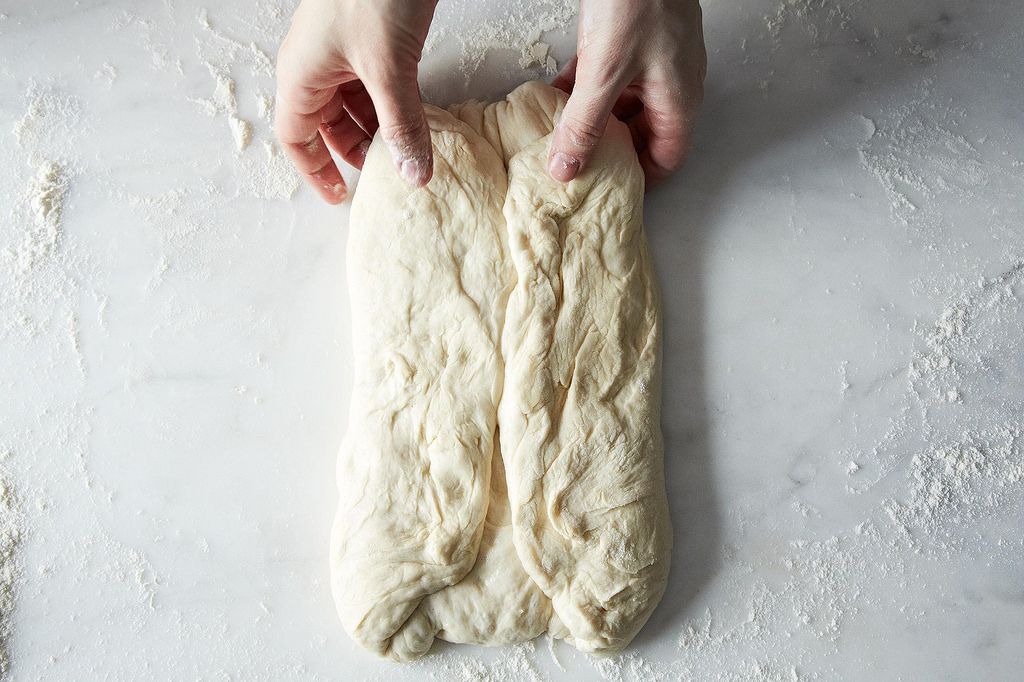
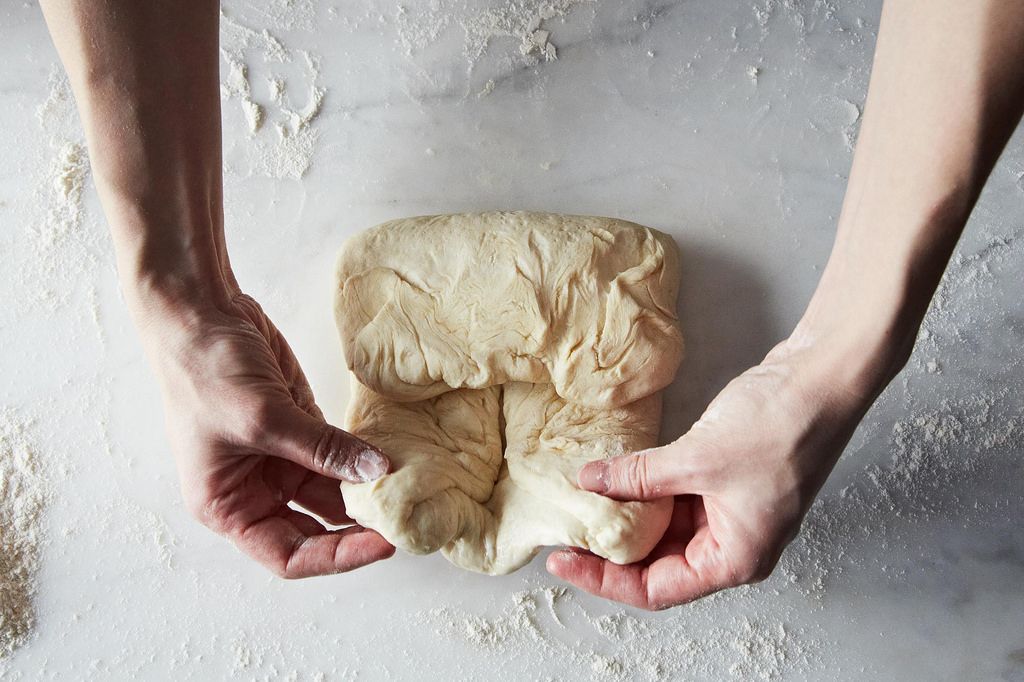
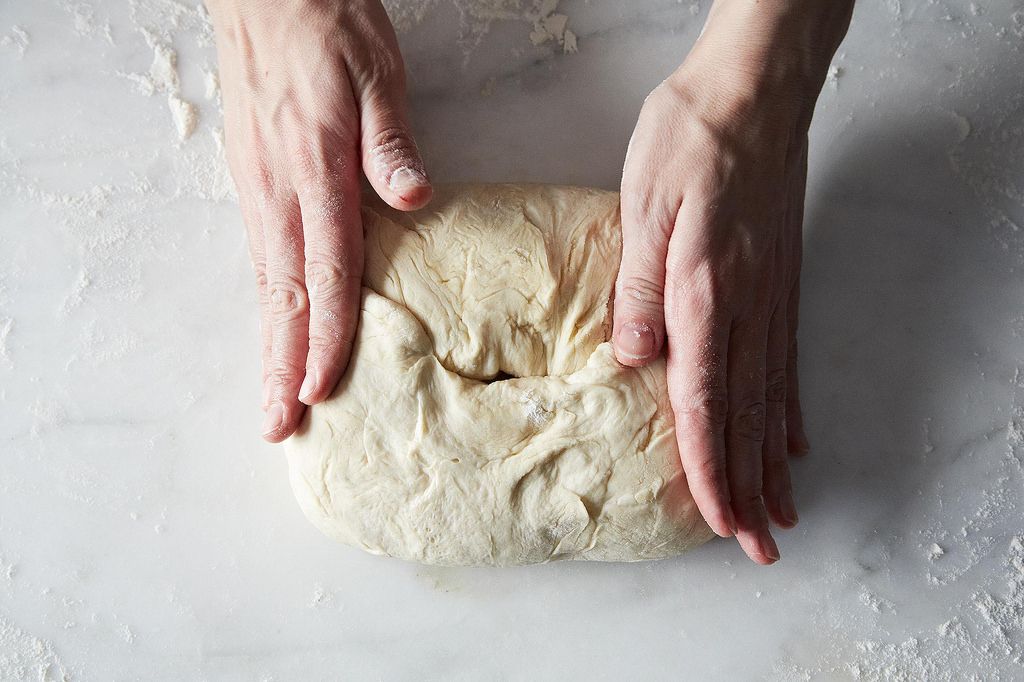

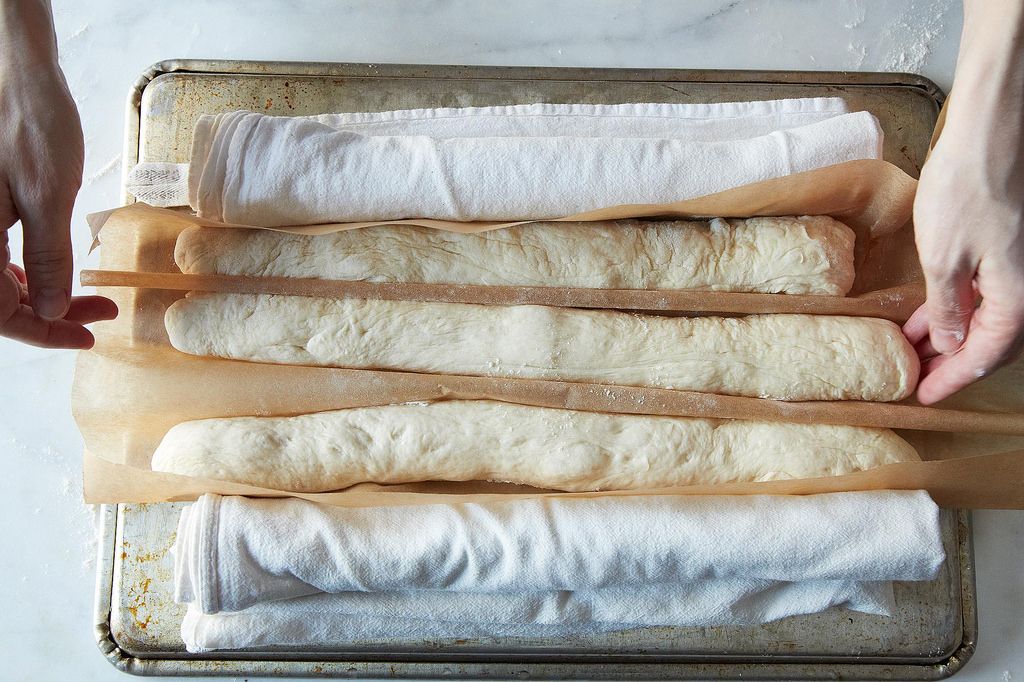
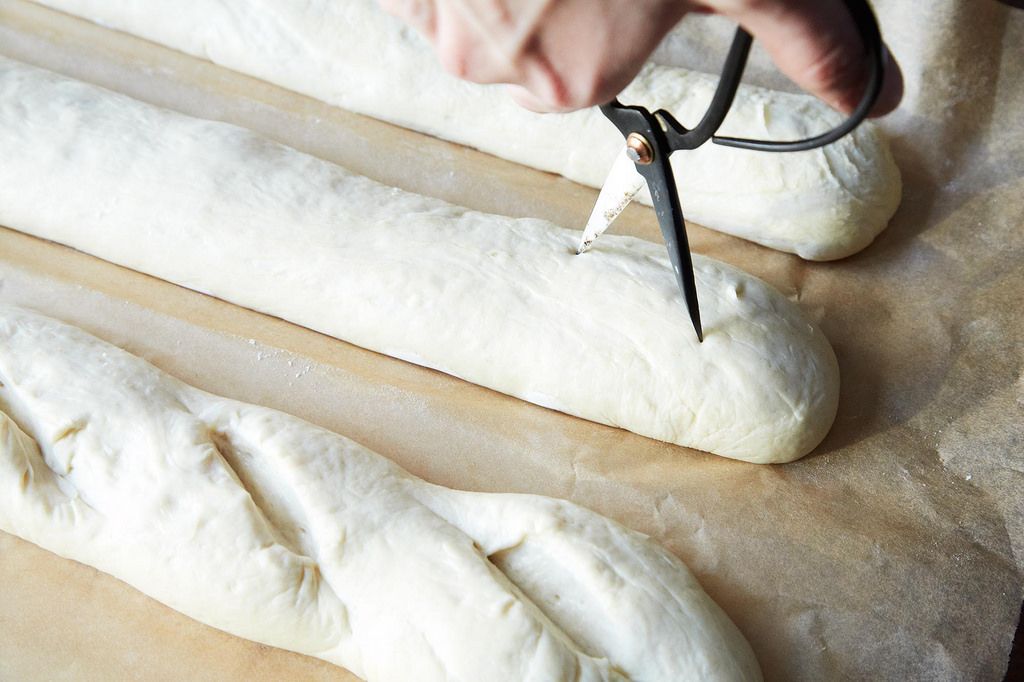
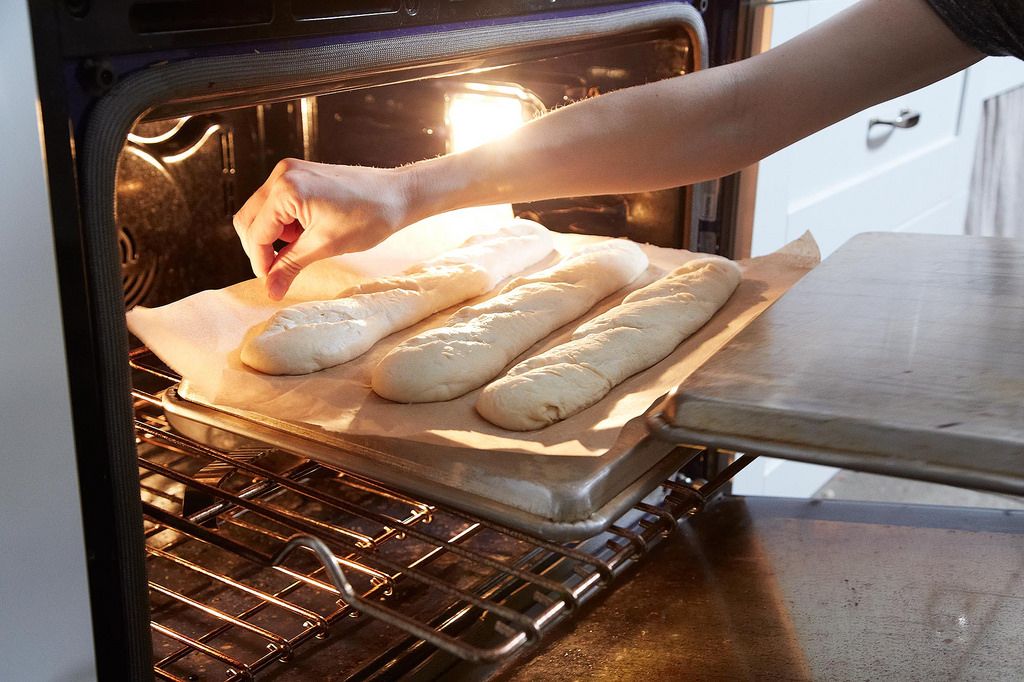
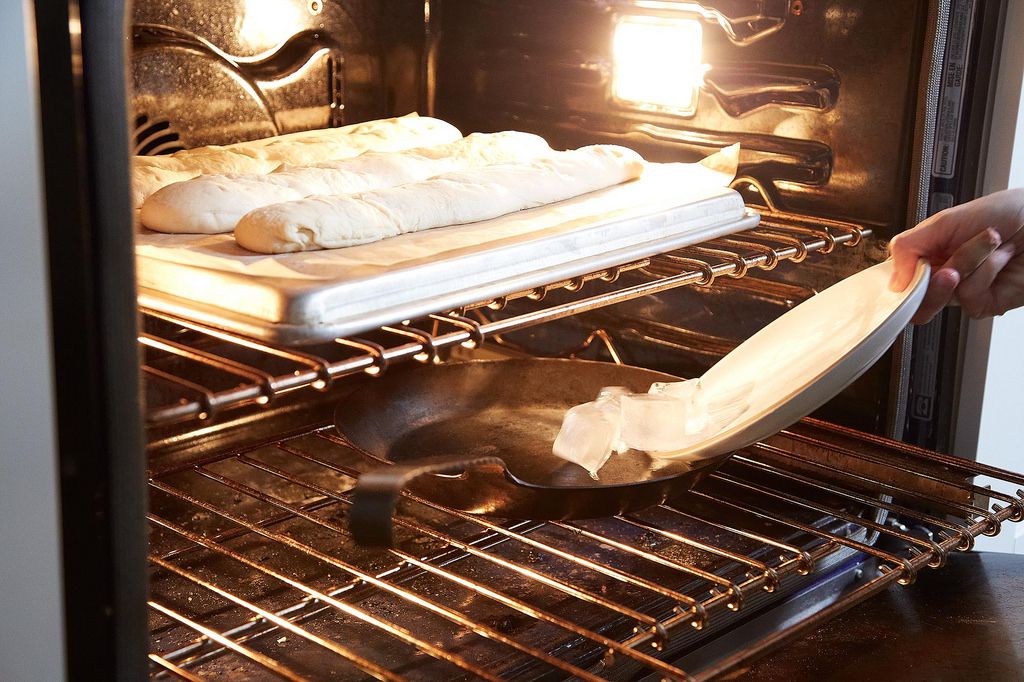
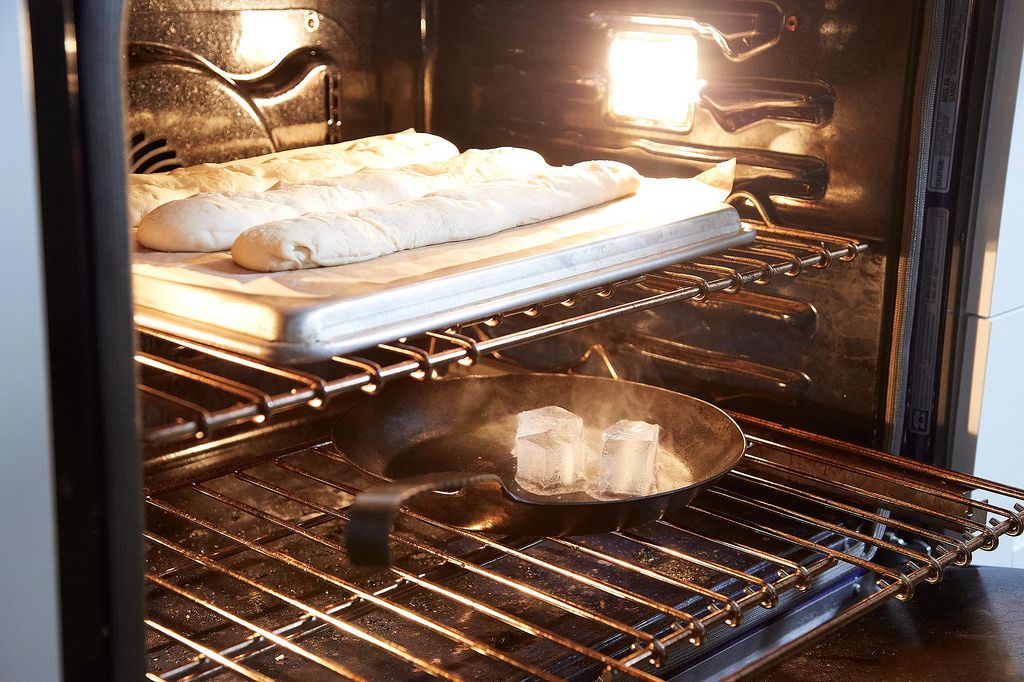
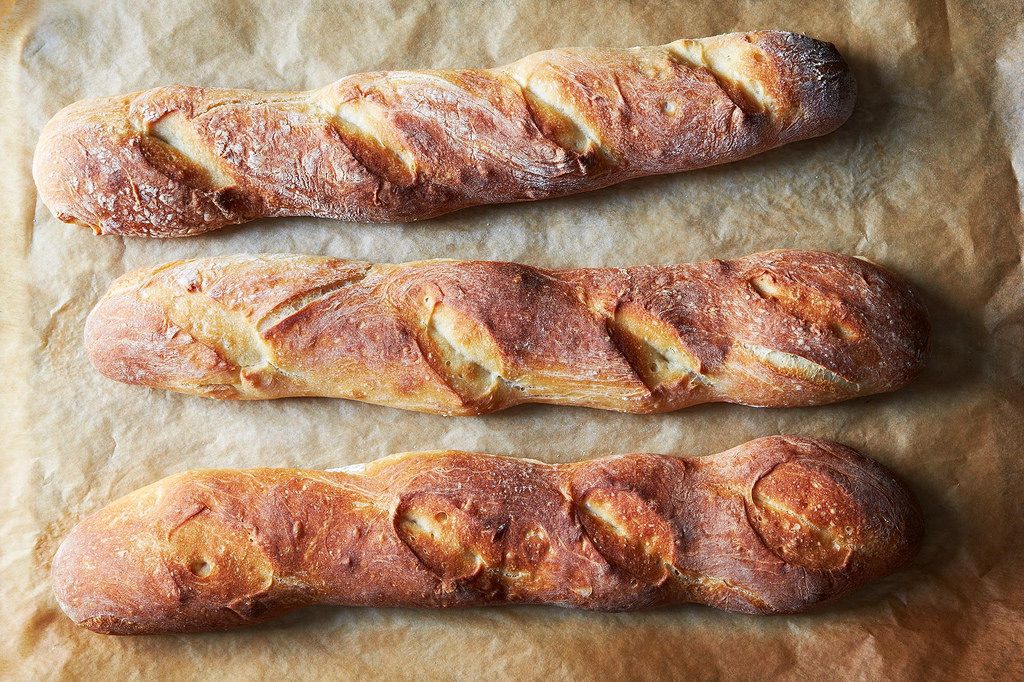

See what other Food52 readers are saying.